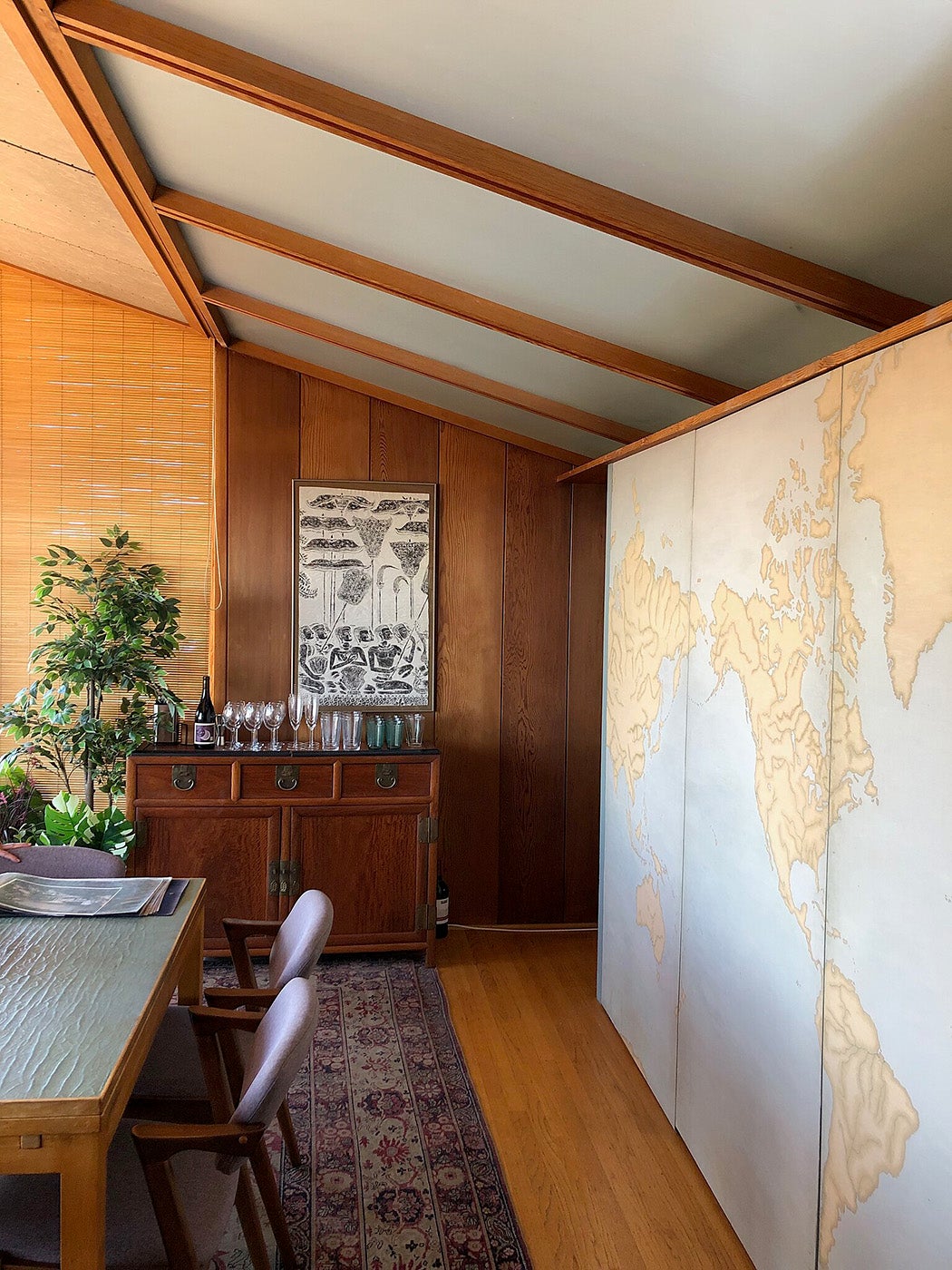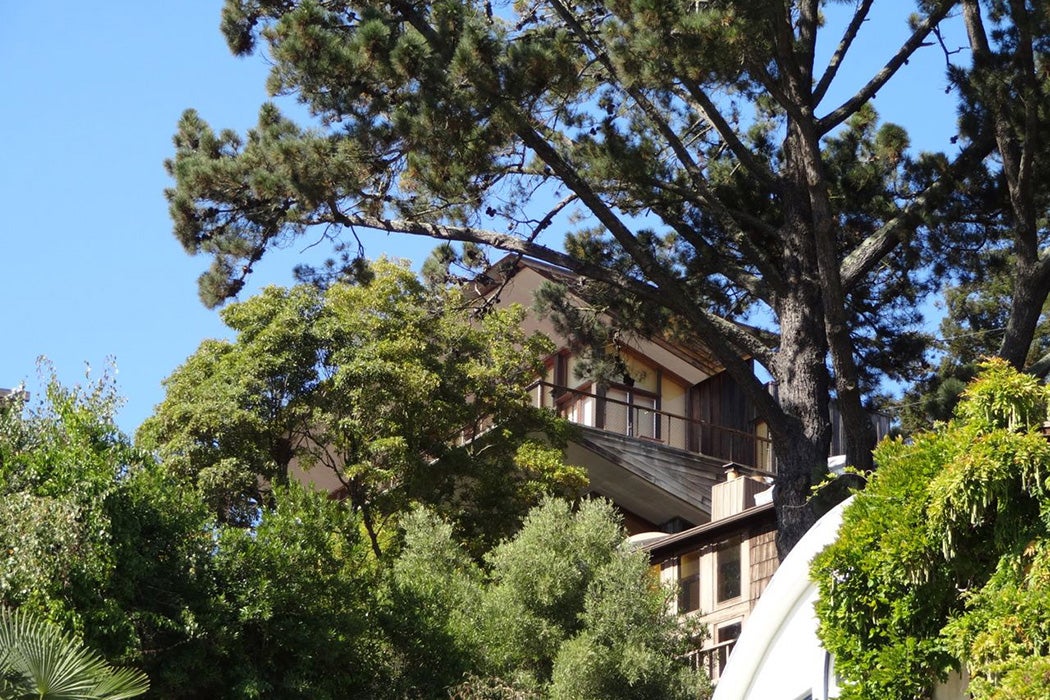“This house won’t work for a family,” they said. The house in question was the Weston Havens house in Berkeley, California. Philanthropist Weston Havens had arranged for his famous three-bedroom home, designed by architect Harwell Hamilton Harris, to be donated to the University of California, Berkeley after he passed away in 2001.
The home is considered a stunning example of California Modernism and was well-publicized while Havens lived there. It’s where architectural historian Annmarie Adams had hoped her family—her husband and two children would join her—could reside during her sabbatical in Berkeley some fifteen years ago. However, the “problem” with the house was that it was designed to fit Havens’s lifestyle. He lived alone, had never married, and was believed to be gay.
Architectural history, as an academic field, is lacking in the research and exploration of queer spaces. The discipline organizes its research variously, by country or region, by culture, by historical period or style. When architectural research is organized by sex, it’s typically done through a heteroview, looking at masculine vs. feminine spaces, for instance. As Olivier Vallerand explains, the
relatively limited discussion of queer theory in architectural discourses means that in the world of architecture there is a narrow understanding of how sexuality shapes space, and vice versa, and on how self-identifications are performed through space.
Analyses of how sexual orientation could play a role in dictating spatial uses aren’t a significant part of the field, despite a burst of interest in the 1990s, when installations such as REPOhistory’s Queer Spaces offered a model for recognizing these histories in the ever-evolving urban fabric of contemporary cities. (In 1994, the REPOhistory collective installed signage across New York City, marking places of historical significance in queer history.)

Sometimes by necessity, queer spaces opt out of being recorded and so remain hidden in plain sight. St. Ann’s Court, a home designed in the 1930s for a male couple in the English countryside, included a primary bedroom that could be divided in half to give guests the illusion of individual bedrooms. That the original owners’ need for discretion—homosexuality in the UK wasn’t decriminalized (and then only partially) until 1967—affected the design has only recently been noted in the home’s National Register listing. The task of architectural historians is to find ways to record such histories, as these are often places where communities gather to be themselves, away from pressure to conform to strict societal norms.

The limited research into queer spaces also means a lack of comprehensive understanding of how they change over time. Aaron Betsky’s 1997 Queer Space: Architecture and Same-Sex Desire is a quintessential text. When reflecting on his work twenty years after its publication, he notes that “it might be the case that queerness and architecture don’t intersect anymore, and that’s OK.”
Betsky explains that advances in technology and the rise of dating apps like Grindr have allowed community spaces to develop virtually, taking the place of physical spaces in which members of the community once gathered. Additionally, such apps allow for ephemeral pop-up sites. More recent publications, notably the 2022 Queer Spaces: An Atlas of LGBTQ+ Places and Stories, seek to fill the gaps in queer architectural history. But there’s still so much work to be done in this area.
Weekly Newsletter
To return to Annmarie Adams and Weston Havens—what made his house so inappropriate for the traditional nuclear family? Adams focuses on the social hierarchy—or lack thereof—in the design, explaining that “the existence of nonhierarchical bedrooms in the Haven house is why university officials believed we couldn’t live there.”
Havens requested a design that didn’t follow the traditional single-family model with a large, primary bedroom for the parents and smaller, less private bedrooms for children. This resulting floor plan included three bedrooms nearly equal in size, all of which were relatively secluded from one another. The design provided the occupants with a good deal of privacy, well beyond the norm in a traditional, thus implied heterosexual, residence.







